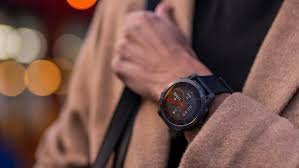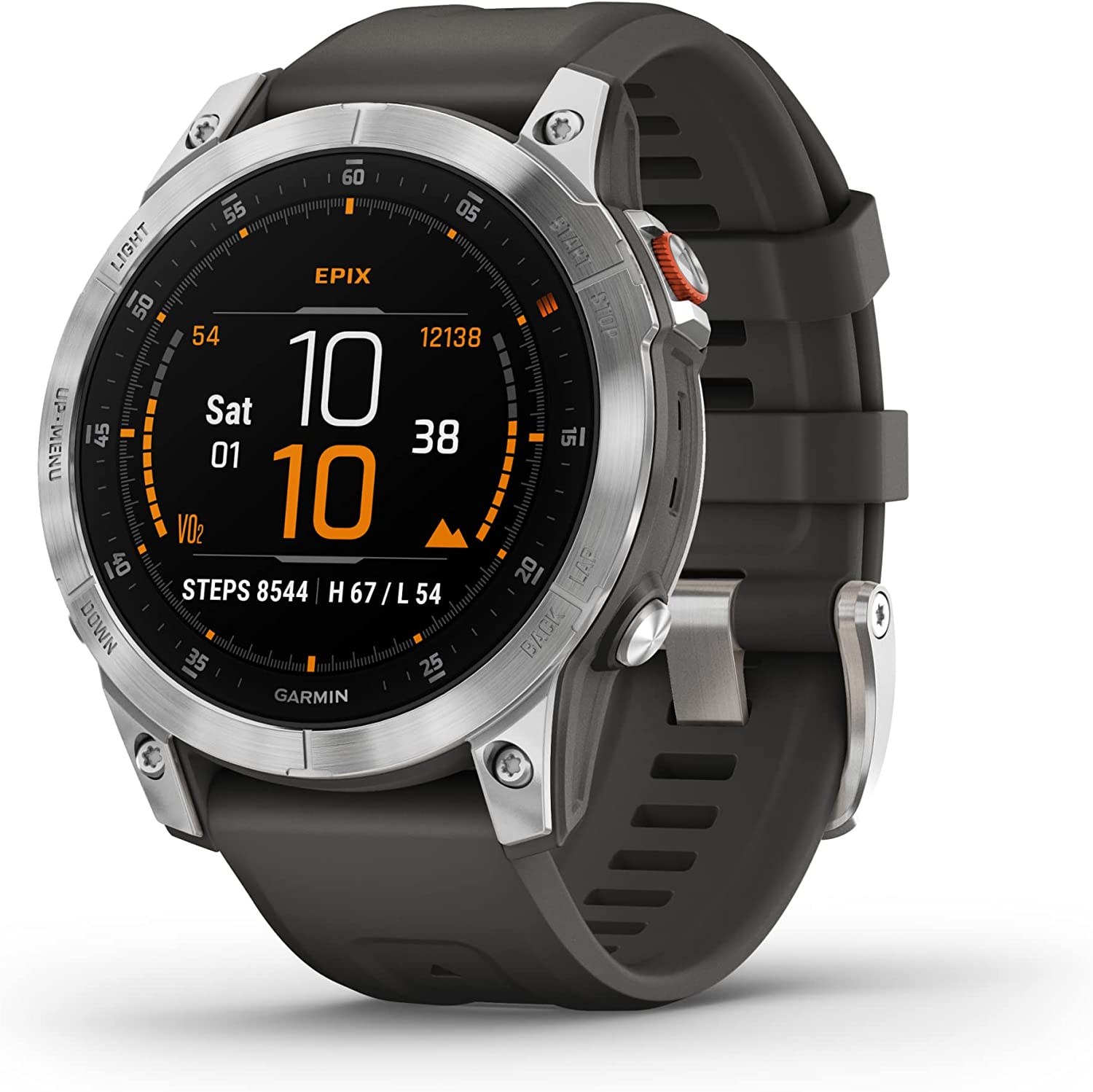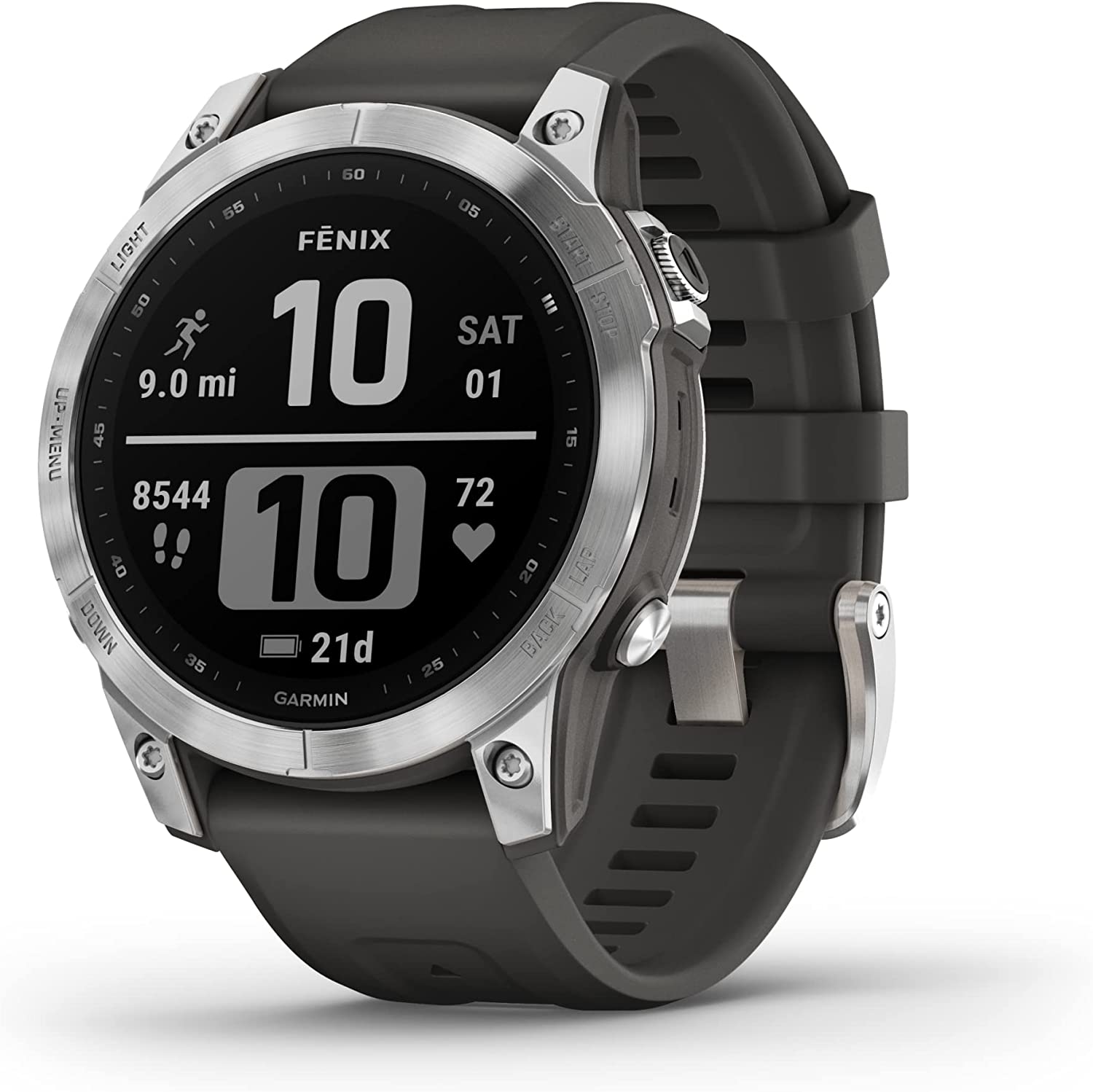If you’ve ever squinted at your wrist during a trail run or frantically hunted for a charging cable before a hike, you already know: not all smartwatches are created equal. Especially not when we’re talking about these two beasts. The Garmin Epix 2 and the Garmin Fenix 7 are like fraternal twins raised in different households—same DNA, but wildly different personalities.
We’ve lived with both. We’ve taken them out on long climbs, short runs, and miserable rainy days. And every time, the choice came down to one question: Do you want a screen that stuns or a battery that won’t quit? That’s the crux of this comparison. They’re both packed to the brim with features, but how they deliver those features? That’s where it gets personal.
So if you’re on the fence—and let’s be honest, choosing between these two isn’t easy—let’s unpack what makes each of them tick.
A mirror match at first glance

Lay them side by side on a table and you’ll need a second look to tell them apart. Both the Epix 2 and the Fenix 7 sport a 47 mm stainless steel case, Gorilla Glass DX lens, and a rugged but classy profile that fits just as well in a boardroom as it does on a mountain ridge. The difference in weight? A mere 3 grams. Not something you’re going to feel, even on an ultra-marathon.
What we appreciate is the tactile consistency—each watch gives you five physical buttons and a responsive touchscreen, and the button layout is identical. That means muscle memory doesn’t need to adapt if you switch between models.
Both offer 10 ATM water resistance, so you’re good for swims, surf sessions, or slushy snow treks. Garmin didn’t cut any corners here—these are built to survive more than you’ll probably throw at them.
AMOLED vs transflective: two ways to see the world
This is where the split begins. The Garmin Epix 2 packs a 1.3-inch AMOLED screen with 416 × 416 resolution, and it’s stunning. Like, glance-down-and-wow kind of stunning. Maps glow. Data fields are razor sharp. The interface feels like something lifted from a flagship smartphone.
Then there’s the Fenix 7: same size screen, but a 260 × 260 pixel transflective MIP display. It doesn’t sparkle indoors, but the moment you step outside—especially into blinding sunlight—it shines, literally. Its always-on visibility is unmatched in harsh lighting, and it sips battery instead of chugging it.
Yes, the Epix 2 also offers an always-on mode. But that AMOLED screen? It comes with a price: battery life.
If you want beauty, clarity, and color—it’s the Epix. If you want constant readability with maximum endurance—it’s the Fenix.
Under the hood, no surprises
Don’t let the screen distract you—both watches are identically specced when it comes to hardware and sensors.
You’re getting multi-band GNSS (GPS, GLONASS, GALILEO), a barometric altimeter, gyroscope, compass, optical heart rate sensor, pulse oximeter, thermometer, and more. Everything you need to measure your body and your environment with pinpoint precision.
The Health Snapshot feature is also here, bundling your main vitals into a two-minute reading. VO2 max, HRV, stress—all logged and visualized cleanly. The data flow is identical across both models.
So if you’re wondering whether the Epix 2 cuts corners beneath that AMOLED face—the answer is no. They are equals in performance.
Battery life: the real dealbreaker

Here’s the trade-off that defines the whole story. The Fenix 7 gives you up to 18 days in smartwatch mode, or 57 hours with GPS. The Epix 2? Around 16 days in smartwatch mode with the screen off part of the time, and 42 hours in GPS. And that drops if you keep the AMOLED display always on.
This might seem close on paper, but in practice? The Fenix just keeps going. On a weeklong hike, you can leave the charger at home. On the Epix, you’ll need to plan a recharge stop or manage screen settings more carefully.
If your life includes frequent long trips off the grid, races over multiple days, or any kind of outdoor work where outlets are a luxury—the Fenix 7 earns its name.
Storage, smart features, and connectivity: dead even
There’s no separation here. Both offer 16 GB of internal storage, support music downloads (including Spotify, Deezer, Amazon Music), and allow direct Bluetooth headphone pairing.
You get Bluetooth, ANT+, and Wi-Fi on both, which means easy pairing with everything from HR straps to power meters to smart gym equipment.
Garmin Pay is present and works well, and smart notifications come through clearly on both displays—though yes, they look fancier on the Epix 2.
No edge here. If you’re wondering whether one model is smarter or better connected, they’re neck and neck.
Navigation and maps: same power, different experience
Garmin didn’t hold anything back in the mapping department. Both watches come preloaded with topographic maps, ski maps, and course maps, and support turn-by-turn navigation.
But this is where the Epix 2’s AMOLED screen shows its muscle. Terrain shading looks more realistic. Labels pop. Routes are easier to read at a glance. It’s not about added features—it’s about interpretation. And for people who navigate often, that clarity can feel like a luxury.
Still, the Fenix 7 isn’t lacking. Its maps are equally detailed and responsive—it just doesn’t present them with the same visual flair.
So if you’re hiking in complex terrain or navigating tight urban trails, both will guide you just fine. But the Epix will feel like using a paper map versus a printed poster.
Training and sports features: best-in-class, both ways
Whether you’re chasing a triathlon PR or just trying to survive your next trail run, both watches give you Garmin’s full arsenal of training tools.
You’ll find real-time stamina tracking, recovery insights, race prediction, advanced sleep metrics, and HRV-based training readiness. It’s one of the most complete setups we’ve seen for serious athletes—and it’s consistent across both devices.
Running, cycling, swimming, rowing, climbing—it’s all supported. Even niche sports like pickleball and snowshoeing have profiles.
Both also work with Garmin Coach, third-party training apps, and custom workout plans. There’s no performance advantage between them, and all updates roll out to both models simultaneously.
The only place the Epix has a slight subjective edge? It makes all that data look good.
Interface and custom tweaks: smoother on AMOLED, but equal in control

Garmin’s latest UI is clean and efficient, and both watches support full touchscreen navigation along with classic button presses. Whether you’re scrolling through widgets or starting a workout, you’ll find a seamless experience on both.
Customization is a strong suit on both models. Watch faces, widgets, data screens—all of it can be tailored through the Garmin Connect app or directly on the device. You also get access to the Connect IQ store to add third-party apps and faces.
On the Epix 2, animations, transitions, and screen responsiveness feel faster and more fluid. It’s a small touch, but if you love visual feedback, it might tip the scale.
Durability and toughness: no weak links
No corners have been cut here. Both the Epix 2 and Fenix 7 come with stainless steel bezels, Gorilla Glass DX, and fiber-reinforced polymer cases.
They’ve been field-tested and abused by climbers, runners, and skiers worldwide. Whether you’re plunging into freezing water, scrambling over rocks, or sweating through tropical humidity—both watches hold up without blinking.
So if your concern is durability? Rest easy. They’re built like tanks—with touchscreens.
Conclusion: Garmin Fenix 7 stays in the game longer
After weeks of back-and-forth, here’s where we landed: the Garmin Fenix 7 is the watch we trust to be there when everything else dies.
That AMOLED display on the Epix 2? Gorgeous. Addictive. Makes you want to look at your stats just for the colors. But we couldn’t ignore how often we had to tweak settings or plan around charging. The battery life isn’t bad—it’s just not legendary.
The Fenix 7, meanwhile, may not light up your wrist like a high-end smartphone, but it never asks for a break. It’s the kind of watch you take on a weeklong trip and forget your charger. The kind that doesn’t whine when it’s cold, wet, or filthy. The kind that just… works.
If you’re more about looks, fast access to data, and smoother UX, the Epix 2 is a dream. But if you’re out there chasing sunrise after sunrise, with no intention of stopping for power—the Fenix 7 is the one that keeps up.
Because sometimes, having a beautiful display is great. But knowing your watch will still be alive on day ten? That’s better.


